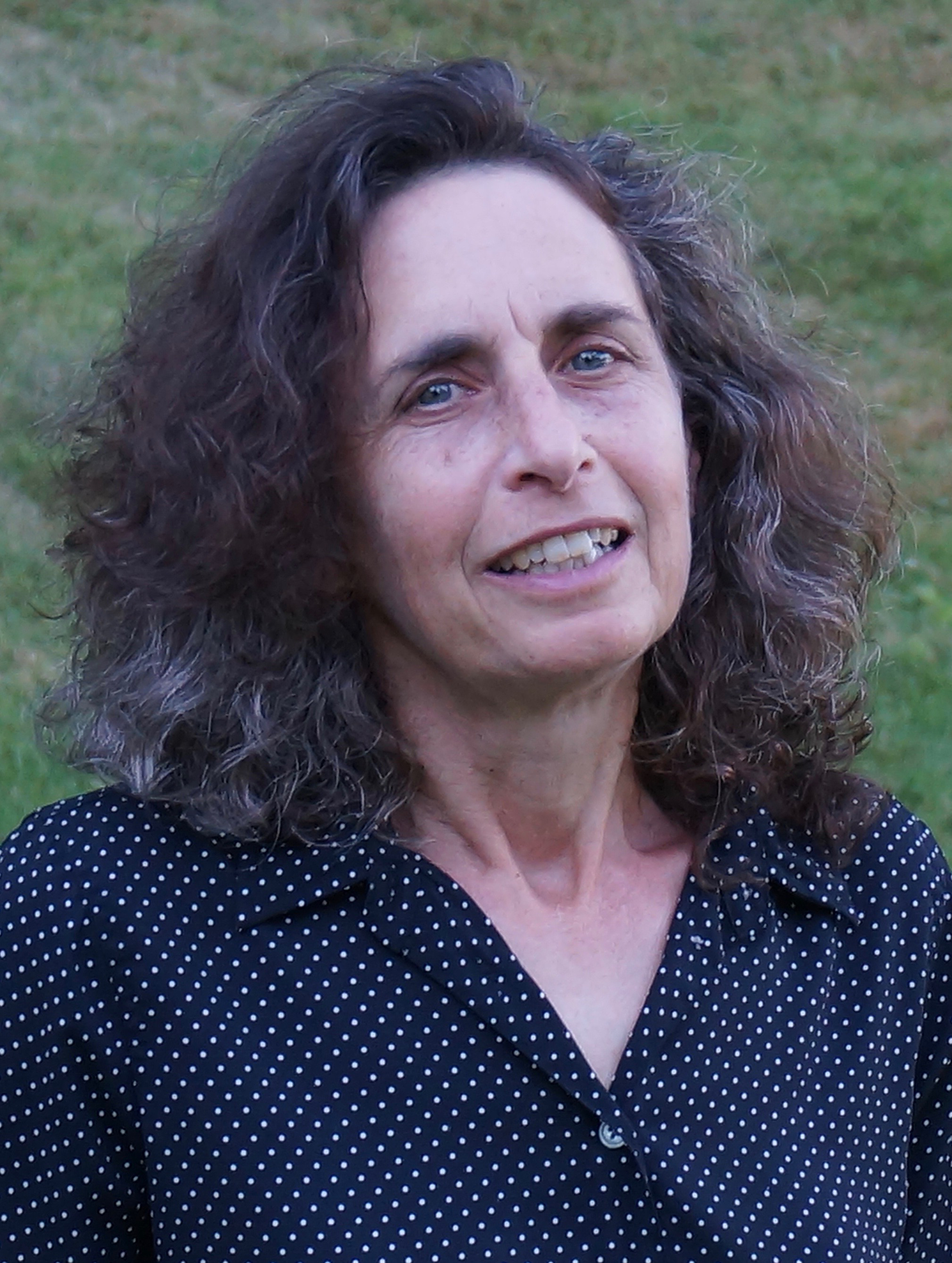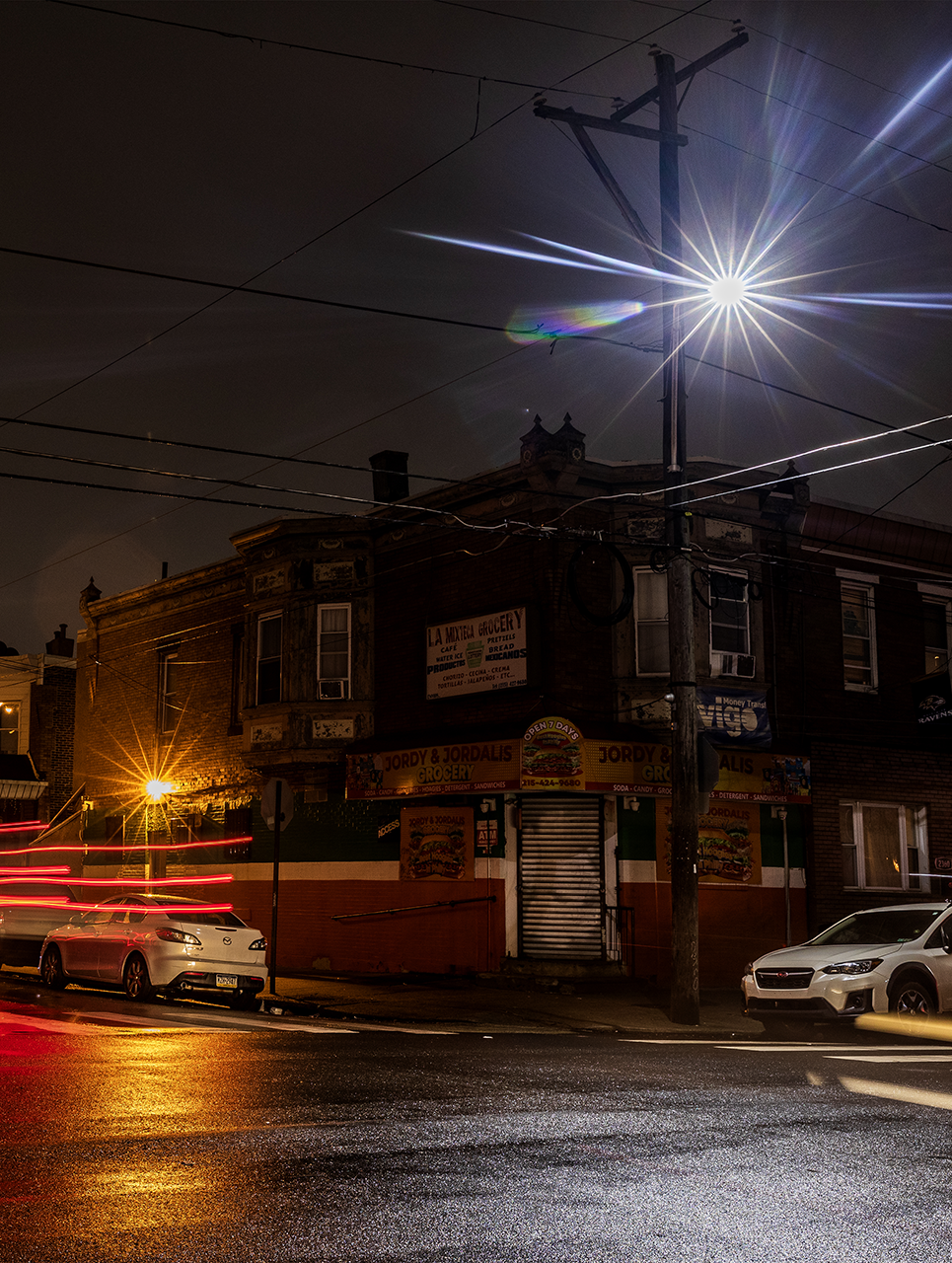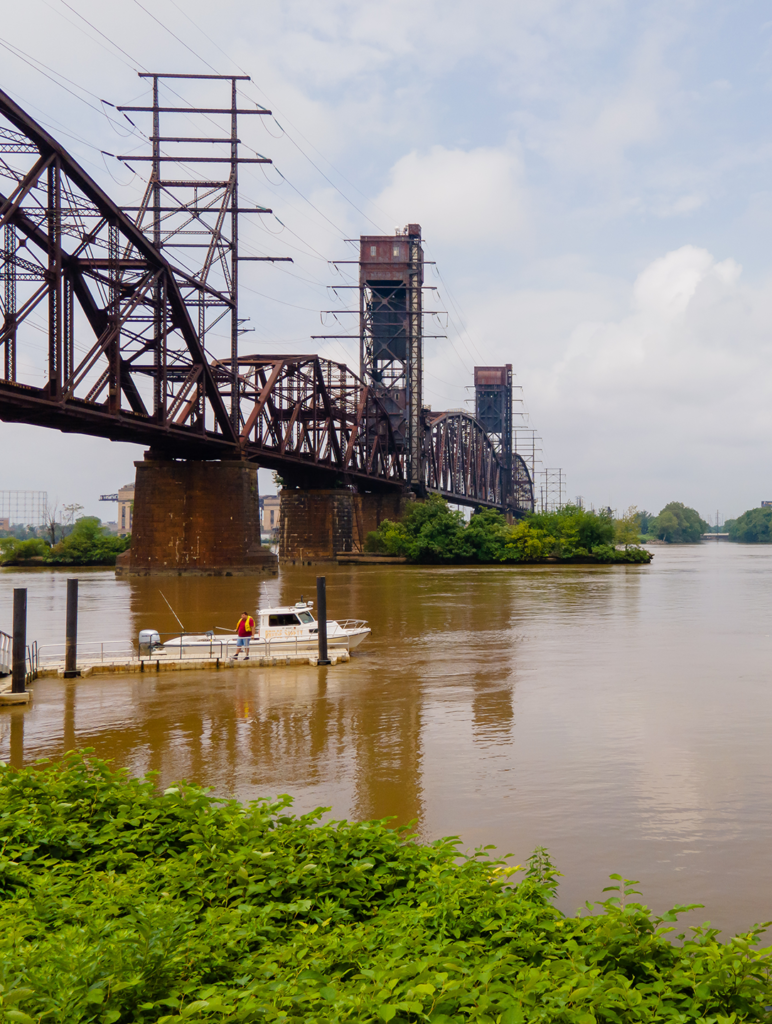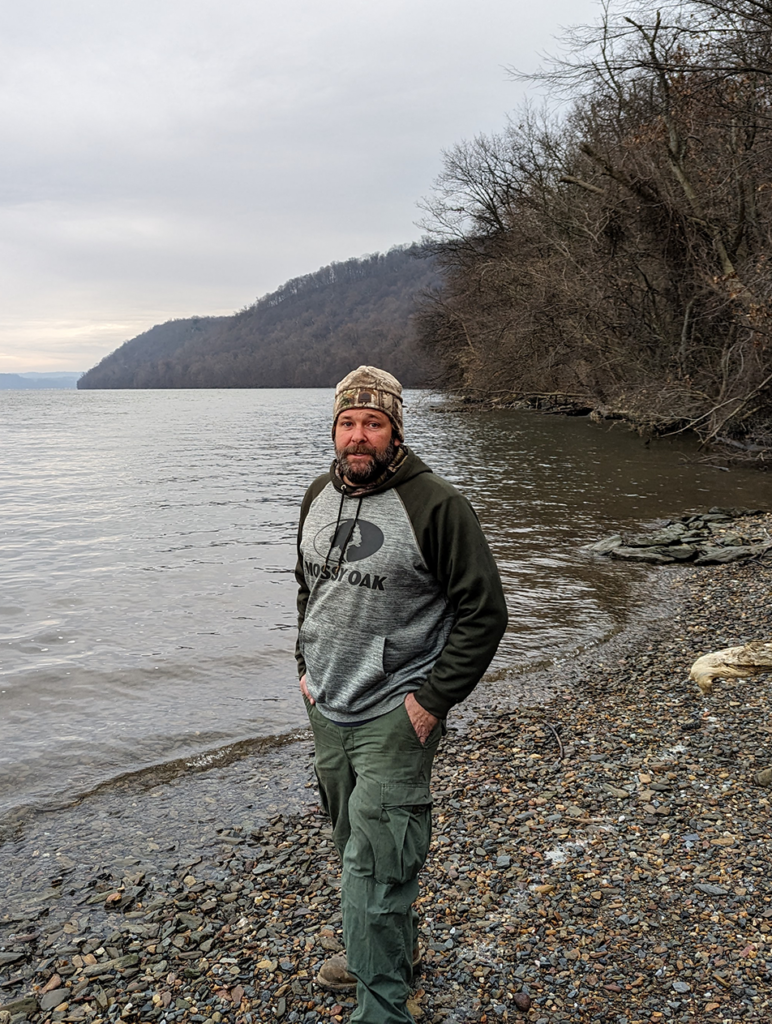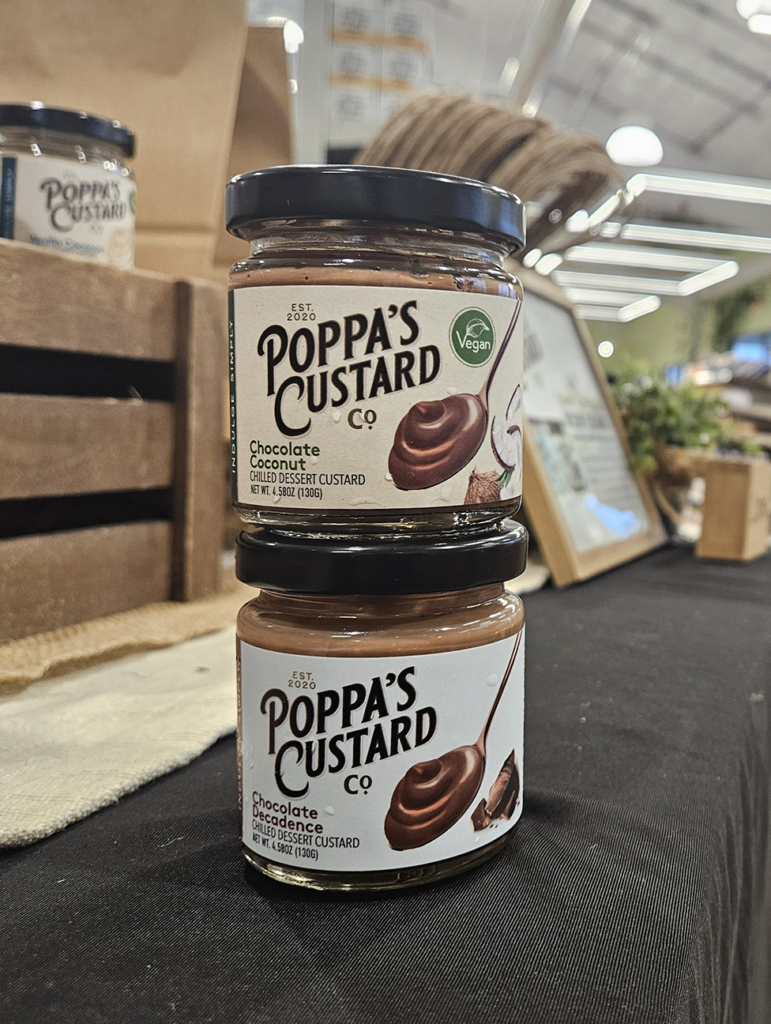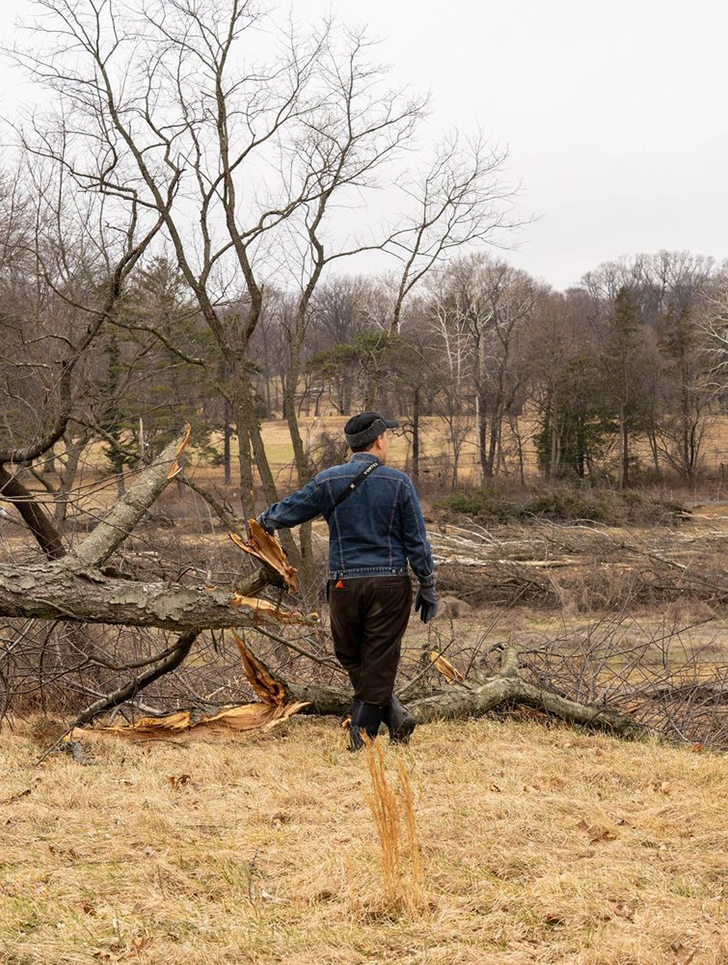What are we doing to this planet, and what are we doing about what we’re doing to this planet?
No writer’s body of work surpasses Elizabeth Kolbert’s to answer these questions. Kolbert has been a staff writer for The New Yorker for 25 years, documenting climate change with an unflinching eye. Her first book on the topic, “Field Notes from a Catastrophe: Man, Nature, and Climate Change,” was published in 2006. In her Pulitzer Prize-winning book “The Sixth Extinction: An Unnatural History” (2014), she investigates how humans are like the asteroid that wiped out the dinosaurs — except for their capacity to try to save the same planet they ravage.
In “Under a White Sky: The Nature of the Future” (2021), Kolbert tours projects trying to correct for our environmental mistakes, such as engineering efforts to save the shrinking Louisiana coastline, electric barriers to keep invasive fish from crossing between the Mississippi and Great Lakes watersheds and even plans to shoot reflective particles into the atmosphere to cool the planet. Grid publisher Alex Mulcahy talked to Kolbert recently about that book, and why we need to accept that, as a society, we will need to make decisions between choices that will minimize suffering, but will not eliminate it.
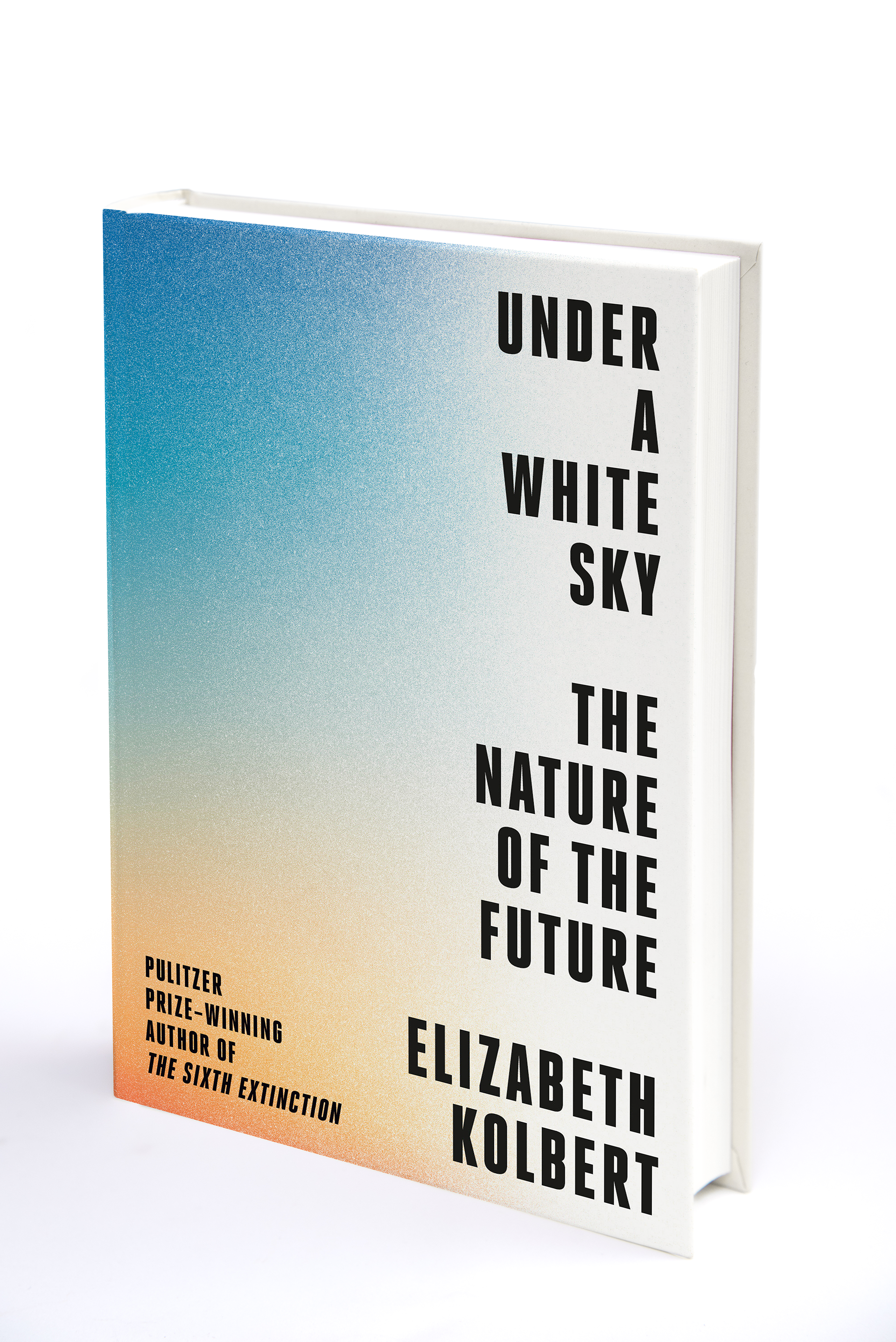
Let’s begin with the ending of “Under a White Sky,” where you state your unwillingness to write “the last three pages,” the positive conclusion that environmental books all seem to have. Why? Environmental books usually try to end on some hopeful note after chronicling all of the disasters that are going on right now. I thought about that. Can we find some redemptive message here so that at the end people will feel an upbeat message? But I felt that was not really true to the material that I had presented, which was kind of all over the place. I didn’t want to draw a clear, upbeat moral. I really wanted to let people decide for themselves.
Your opening chapter is about the reversal of the Chicago River, which was transporting human waste into Lake Michigan. I think one of the big messages of the book is that we have these intractable problems, and we try to solve them, and when we see the consequences we think we should have approached them differently. Well, I do want to push back a little bit and say these problems are not exactly intractable. The problem of sewage in Chicago, you could argue, has been solved, and that’s a big deal. It’s one of the biggest sewage treatment plants in the world.
What I’m trying to get at is that these solutions often beget problems of their own. It’s more a question of is there a free lunch? Can you reverse a river without other consequences down the road? And clearly the examples that I chose, there were other consequences down the road.
People have challenged me on that, like, “Oh, aren’t there any of these things that have worked out just, you know, hunky-dory?” And I think one of the questions you have to ask is, “Hunky-dory for whom?” They may well have worked out hunky-dory for people, but I’m also interested in this book in the consequences of these sort of rearrangements for other species. And we’re often just not paying attention. We just don’t even know.
I found it interesting that the book progresses from big construction projects to altering the genes of invasive species and geoengineering. Well, I’d say that the arc of the book, it begins with projects that are very much underway. The first chapter is about this barrier system to try to prevent Asian carp from moving from the Mississippi into the Great Lakes. And that project, one of those barriers, the electric barrier that’s pulsing a lot of electricity into the water, one of those is already in place, has been in place for many years. And another one, the second one that I discussed, which is sort of that crazy disco barrier with water and lights, jet streams of bubbles, that is under construction. The Army Corps of Engineers has an appropriation and construction on that will probably begin this year.
The second project I talk about in the book is this attempt to mimic flooding south of New Orleans in an effort to protect New Orleans, which has suffered from flood control. We have the effects of flood control which are basically turning New Orleans into this sort of walled city. If you get a flood and you get water into that bowl, it’s terribly dangerous, as we saw in Katrina. So now we’re going to try to sort of mimic flooding to try to build up land around New Orleans. And that project also is getting going. So those projects are, as you say, big engineering projects. They’re the kind of thing we know how to do pretty well.
Then the book gets into somewhat more speculative territory, gene splice, gene editing, technology known as gene drive, which is very new and then we get into sort of manipulating the atmosphere even. So we go from sort of the very grounded and very present to potentially more futuristic.

You quote Andy Parker (project director for the Solar Radiation Management Governance Initiative) saying, “We live in a world where deliberately dimming the f****** sun might be less risky than not doing it.” That really sums it up, doesn’t it? Yeah, that quote, which is one of my favorites from the book, really does sum it up. It’s from the chapter which is about this idea that we will counteract our carbon emissions by spraying some kind of reflective material in the stratosphere. And this is what’s known as solar geoengineering or, or sometimes referred to as solar radiation management, because that sounds a little bit less ominous. It’s the source of the title of the book. If we did that, we would change the color of the sky.
People who advocate for geoengineering, or for experiments and researching in geoengineering, are often vilified. People say that’s a terrible thing and it will take the pressure off of us to cut our carbon emissions. And I think that’s a legitimate argument. I do think there’s something pretty creepy about even thinking about geoengineering.
But we don’t live in a world where the choices are good at this point. We live in a world where the choices are very difficult and potentially choices between bad alternatives. If one of the alternatives is potentially creepy to us, but preserves human lives and also ecosystems, don’t we have to consider that?
If our attitude is, wake me up when there’s a happy solution, you’re going to wake up under several feet of water.”
— Elizabeth Kolbert
How do you carry the knowledge with you that our future has so much uncertainty, and that even our best-case scenarios are not that great? Honestly, the answer to that question is implicit in the question itself. You’re also carrying that knowledge. I think increasingly more and more people are. And I think this also really goes for young people who have learned about climate change and ecological degradation in school and realize that there are no easy answers here and, with climate change, that things are inevitably going to get worse before they get better. And the timescales often dwarf a single human life.
But people have carried all sorts of gloomy thoughts, people have lived through terrible times in lots of world history. We don’t sort of take on the full burden of any of the problems of the world. And not all of them are environmental right now, for sure. We’re not all paralyzed, for example, by the war in Ukraine, which is horrible and tragic and an increasingly, seemingly hopeless situation. Apparently we’re quite capable of holding a lot of different thoughts at one time. And I think we all do that, to a certain extent.
What is your response to people who find the dire stories about climate change and other environmental problems too hopeless? I think that attitude of “I need some happy ending here or I’m not going to think about it,” that is one of the reasons we’re in the situation that we’re in. There are problems that have to be confronted by society that don’t have happy endings. And we need to grow up and acknowledge that and deal with it anyway, because this particular problem of climate change has many degrees of unhappiness associated with it. And all we can try to do is minimize the unhappiness. We can’t eliminate it. And this past year showed us that very vividly. And if our attitude is, wake me up when there’s a happy solution, you’re going to wake up under several feet of water.

